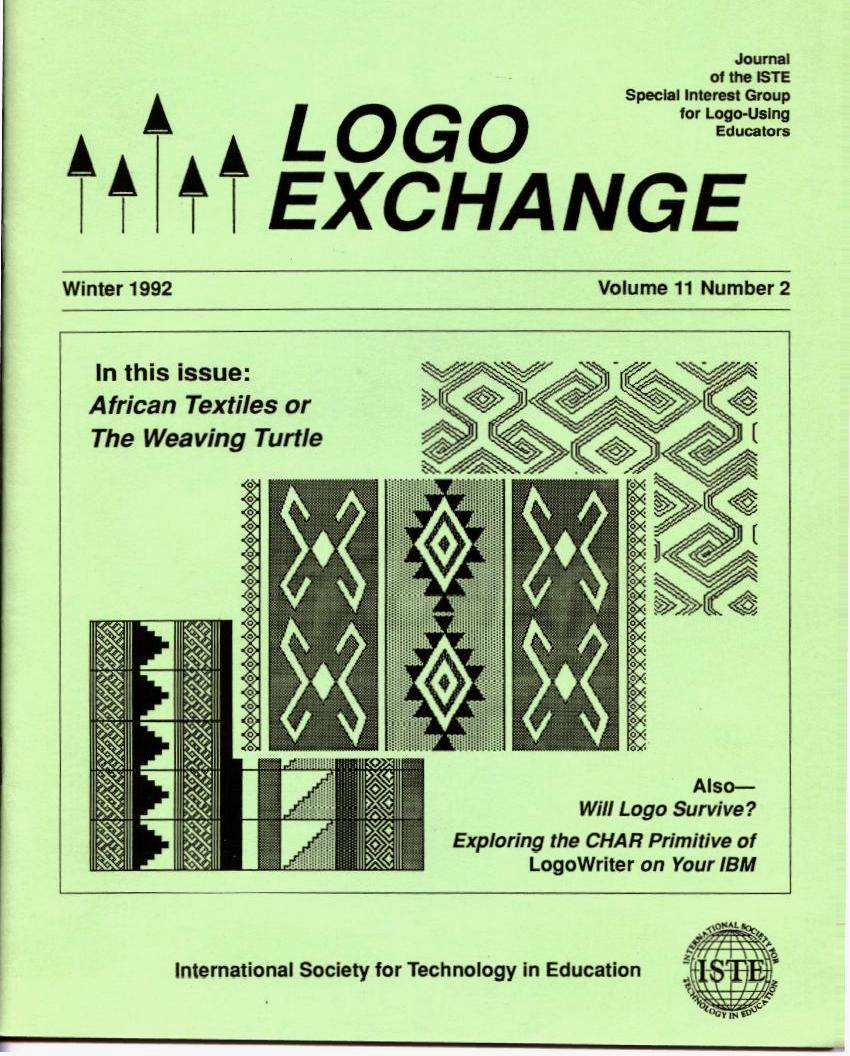
Recently, as I was working on a LogoWriter program, I noticed that when I tried to print a number followed by a parenthesis, LogoWriter displayed a space before the parenthesis. After some thought, I realized that parentheses are special characters. After consulting my LogoWriter manual, I found a primitive named CHAR that accepts a decimal value bewteen 1 and 255 and returns the character corresponding to that value...The article goes on to discuss how the CHAR primitive displays such characters as the four suits in a deck of cards, male/female biological symbols, directional arrows, copyright/registered trademark symbols, numerous international characters, and so on. A new primitive named CHARSET is discussed and written to show all 256 characters at one time.
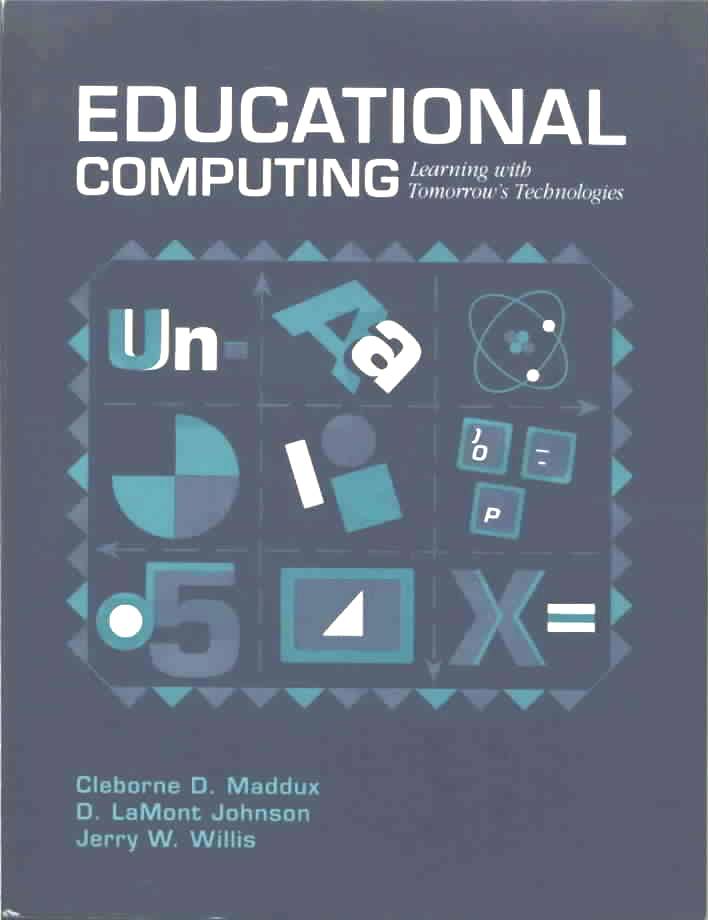
I received special acknowledgment for programming examples and graphic images.Synopsis: Designed for the introductory level course on computers and education, Educational Computing assumes basic computer skills, and moves beyond 'nuts and bolts' to helps students develop their own framework for thinking about educational computing and issues of integrating technology into the classroom.

SAS (an acronym for Statistical Analysis System) is a robust and powerful software package used to analyze data and write reports (Appendix A contains a block diagram)...
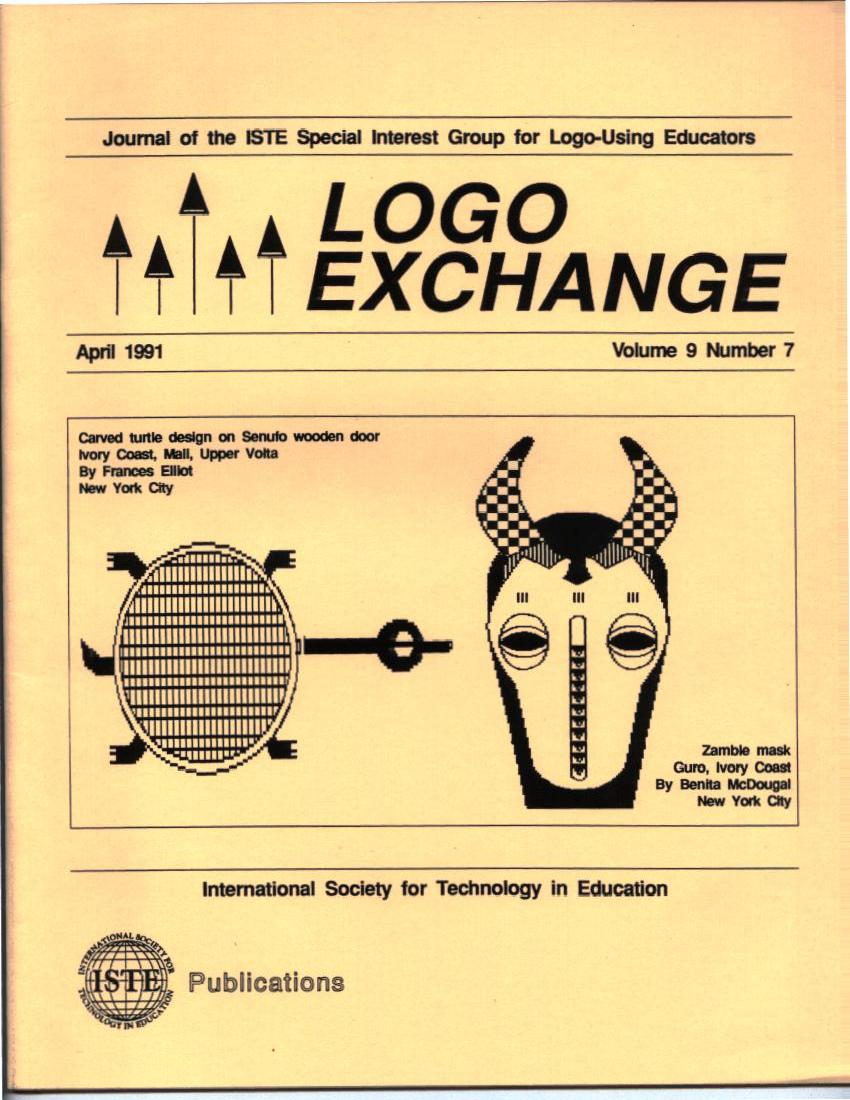
Two of Logo's more powerful features are recursion and the ability to work with words and lists. These capabilities make it easy to write Logo programs that present each item in a list...This article shows how to create a SHUFFLE primitive to randomly rearrange the items in a list. It concludes with another primitive named DECK that creates, and randomly shuffles an "electronic" deck of cards.
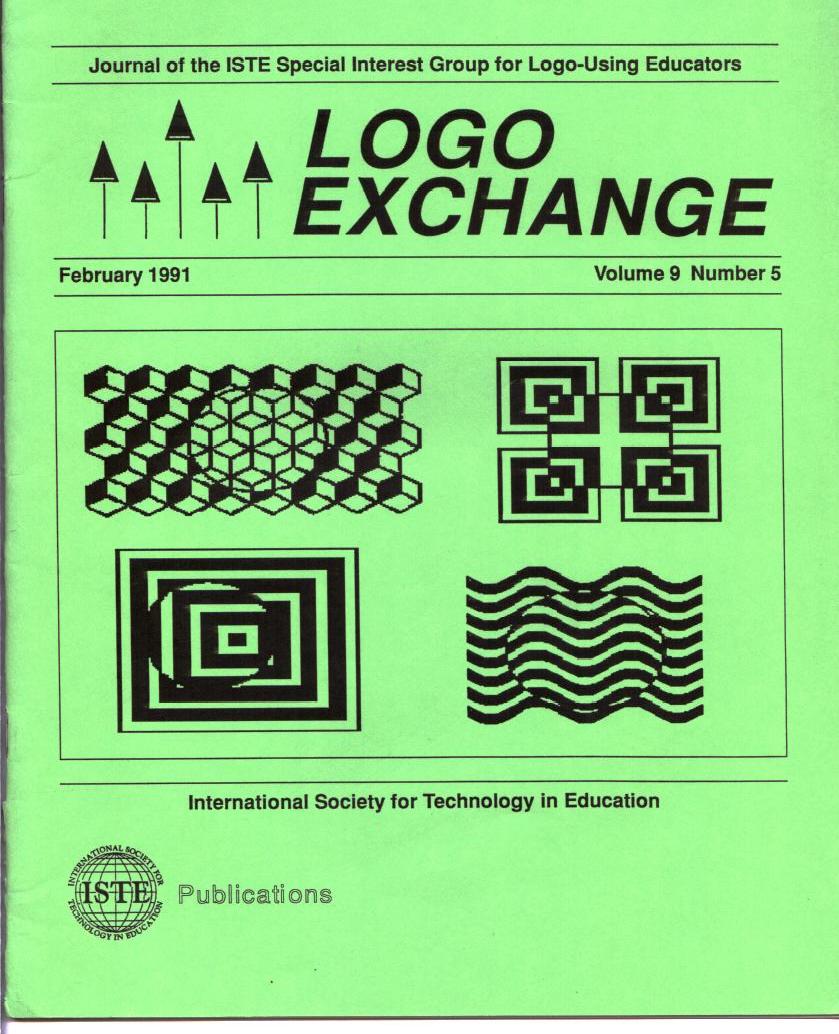
LogoWriter was designed to work in a similiar manner on several brands of microcomputers. Primitives that are easy to implement on one machine are sometimes omitted on other machines because of hardware diffrences. The article presents four useful procedures that enhance the IBM/PC version of LogoWriter. The four procedures are: (a) DATE, (b) TIME, (c) PALATTE, and (d) DISKSPACE. These procedures report the current date, report the current time, change the color palatte on a Color Graphics Adaptor (CGA), and the number of free bytes on a disk. They make use of the primitives .DEPOSIT, .EXAMINE, .INTERRUPT, and .REGS, and call the operating system interrupts 33 (21h) and 16 (10h) of MS-DOS, therefore, they will only work on the IBM/PC version of LogoWriter.The article shows how to code and use these procedures.
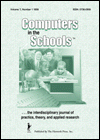
The article introduces the reader to The True BASIC computer language.
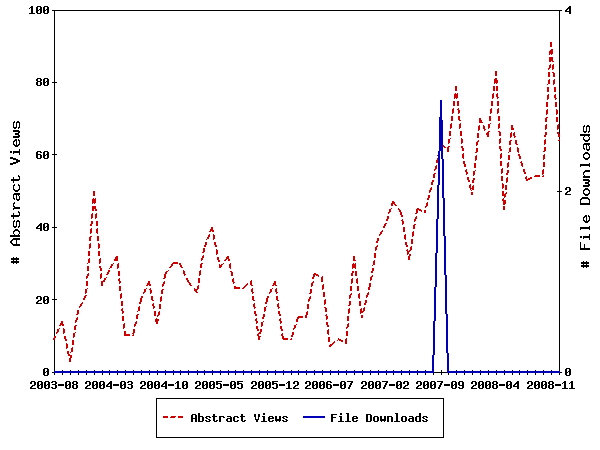
Special acknowledgment for programming and data conversion assistance.

Logo is a relatively new computer language that has recently become popular in education. Although Logo has gained a reputation as an excellent graphis language for children, many educators and programmers do not realize that is is also a powerful general purpose programming language that includes advance features such as sub-procedures, list processing, and recursion...The article introduces the reader to LogoWriter (a dialect of the Logo computer language), discusses some of the controversy about Logo, and discusses some of the strengths and weaknesses of this dialect.
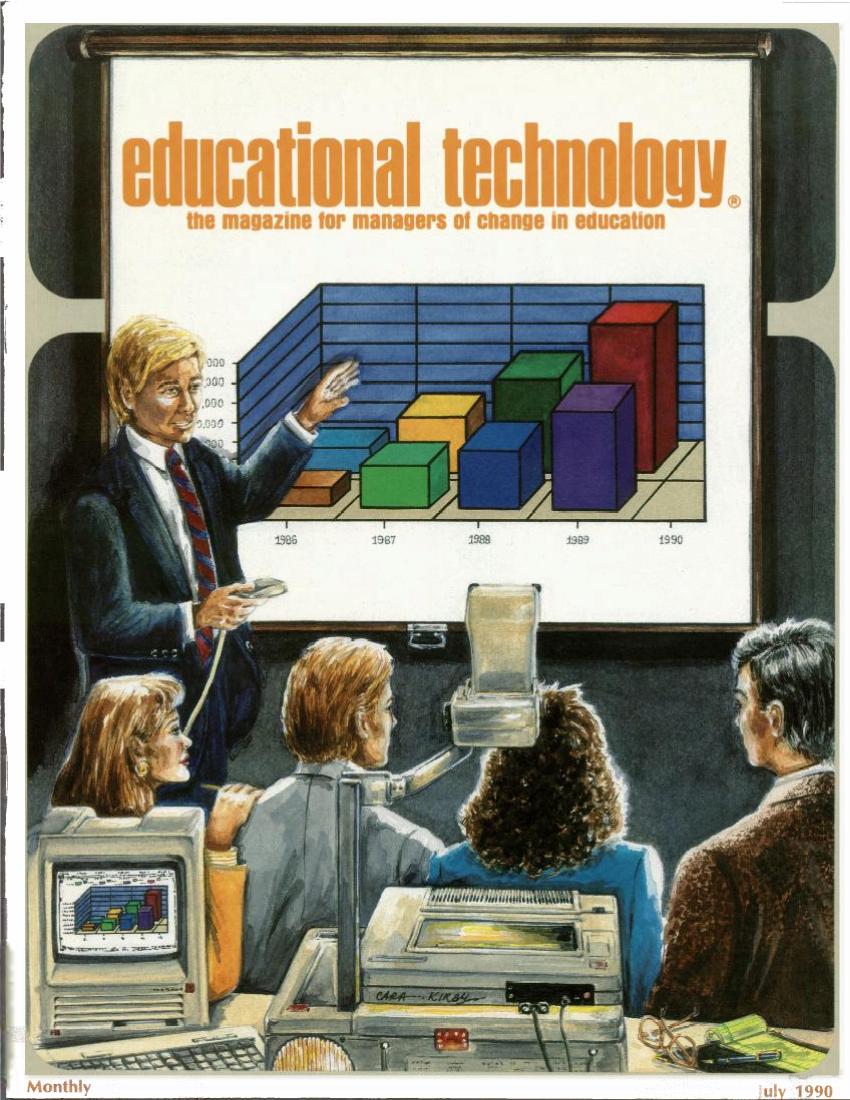
Many professions, including education, seem excessively fashion-driven. In such a climate, productive debate and discussion is sometimes displaced by the establishment and uncritical use of buzzwords. (Webster's New Collegiate Dictionary defines "bussword" an "An important-sounding, usually technical word or phrase, often of little meaning, used chielfy to impress laymen.") One of the newest educational busswords is Networking, and vendors and users alike are waxing eloquent about the deucational benefits of this new trend...The article reviews educational networking in three functional categories: 1) sharing of peripheral equipment, 2) exchanging information, and 3) the addressing of instructional needs. It concludes with a summary and discussion.
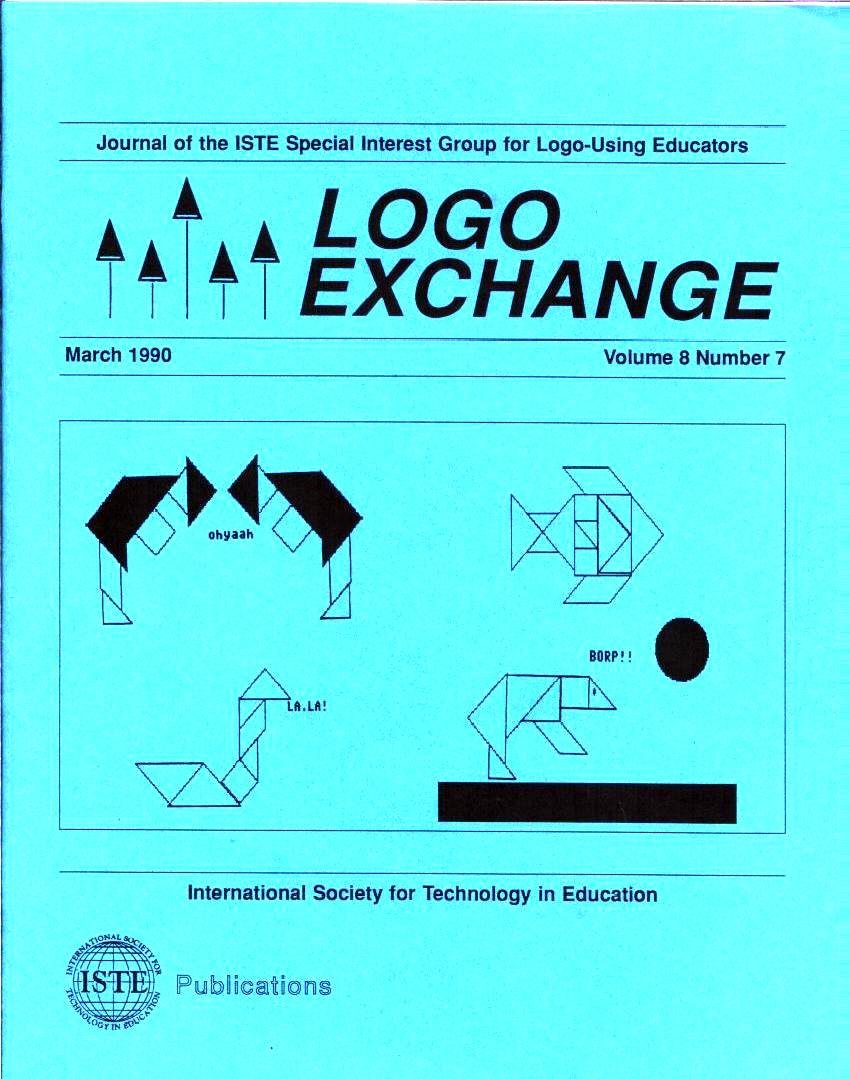
The RANDOM primitive of LogoWriter accepts a single input and reports an integer between zero and that number. For example:The article continues discussion of the RANDOM primitive and the writing of a RND primitive that accepts a lower and upper argument and returns a value between (and including) those arguments. The article closes with examples of using such a procedure to simulate the rolling of dice.
RANDOM 6
would report a number between zero and five, not a number between one and six as one might expect...
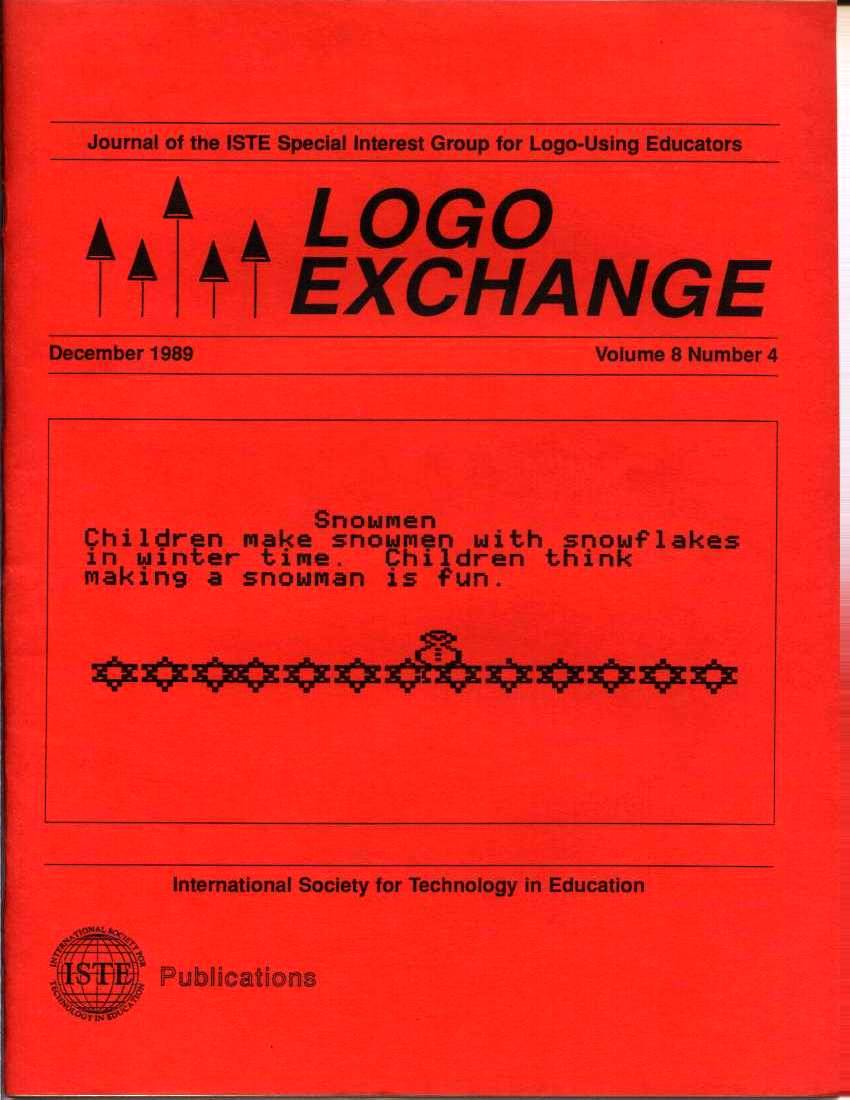
The Logo computer language differs from many other computer languages in that it provides the capability to work with words and lists. (A word is defined as one or more characters with no intervening spaces and a list is defined as one or more words with intervening spaces.) Logo words and lists are dynamic entities -- the number of elements they contain can change throughout the execution of a program. To facilitate working with words and lists, Logo provides primitives such as FIRST, BUTFIRST, LAST, BUTLAST, and ITEM. As we will see, the primitives BUTFIRST and BUTLAST perform the opposite function of FIRST and LAST respectively. Most versions of Logo, however - including LogoWriter - do not provide a primitive to perform the opposite of ITEM (a function I often need). Therefore, I decided to write such a primitive. The procedure is called BUTITEM...The article continues with a discussion of how to create the BUTITEM procedure and then demonstrates how/when it can be used.
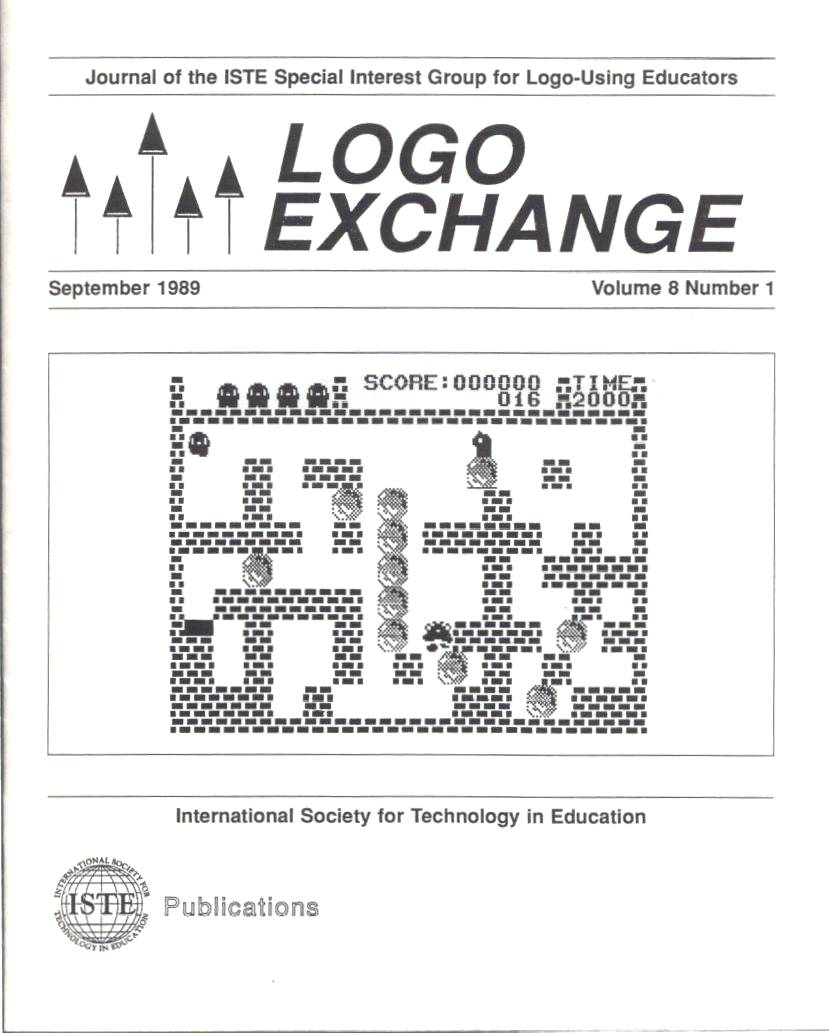
In the past, computer languages were written to satisfy the needs of computer programmers. However, as computer education has become more common, ideal languages for use in public schools must meet the needs of teachers and children. Therefore, characteristics such as speend, pwoer, and compactness must be accompanied by simplicity and ease of learning. Logo is exemplary in this regard, since it was designed specifically with children in mind.The article continues that LogoWriter does not contain the TEST, IFTRUE, and IFFALSE primitives and show how to implement them using "tool procedures".
There are several dialects of Logo available, however, and later dialects, such as LogoWriter, have incorporated a number of changes to the original syntax. Teachers sometimes complain that favorite primitives from one dialect are not available in another.
The purpose of this article is to demonstrate how common Logo primitives not included in LogoWriter, can be incorporated by creation of LogoWriter "tool procedures"...